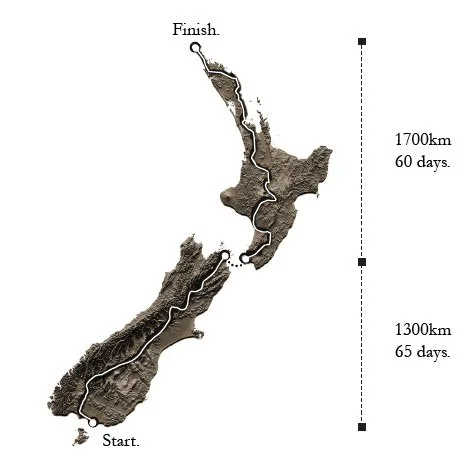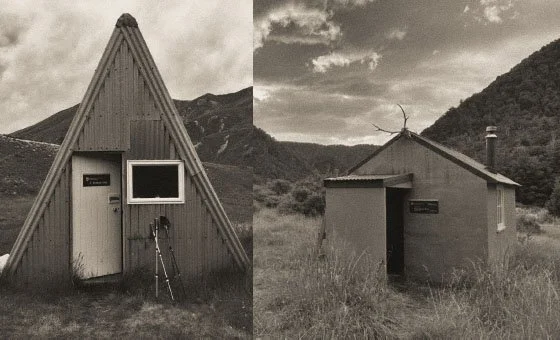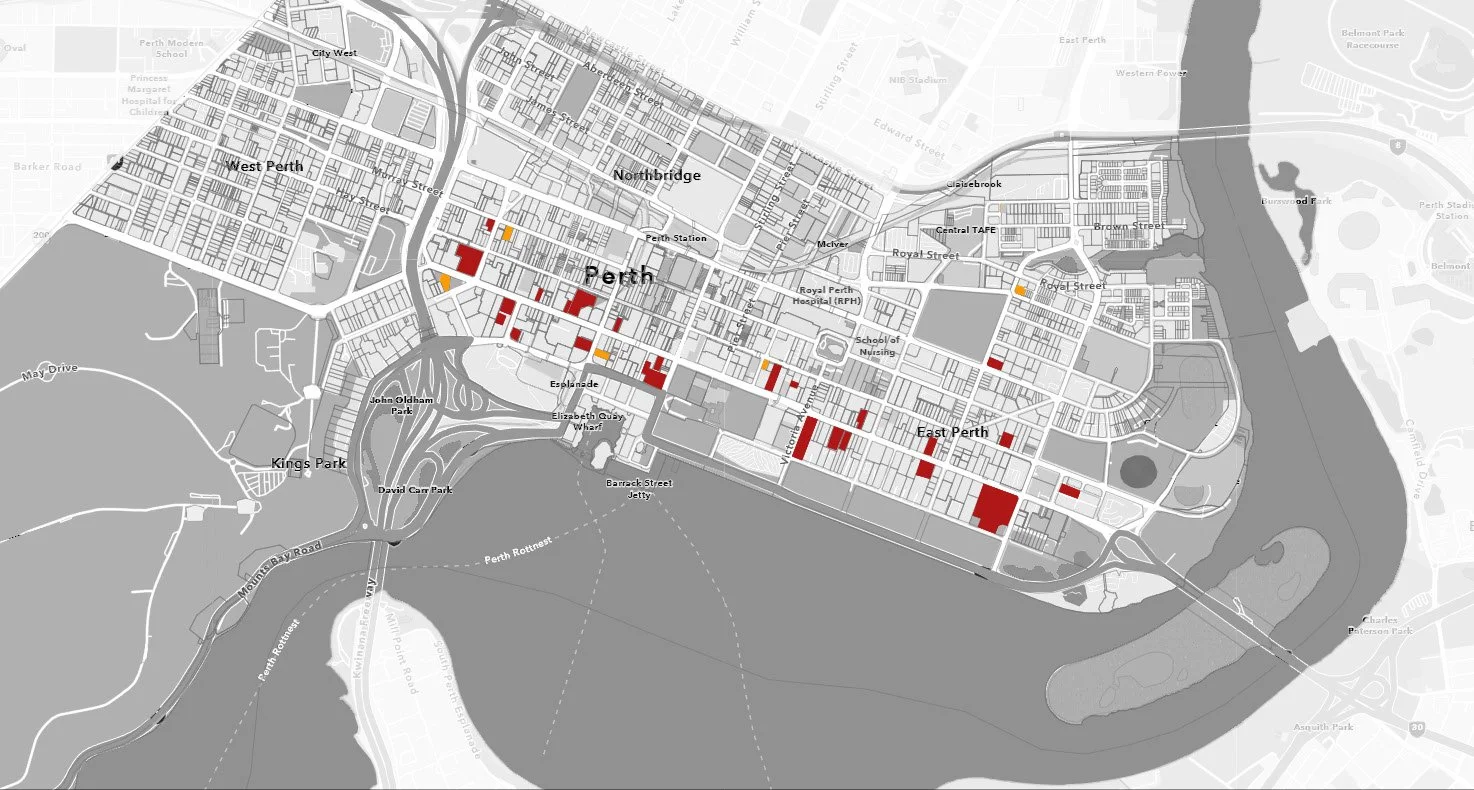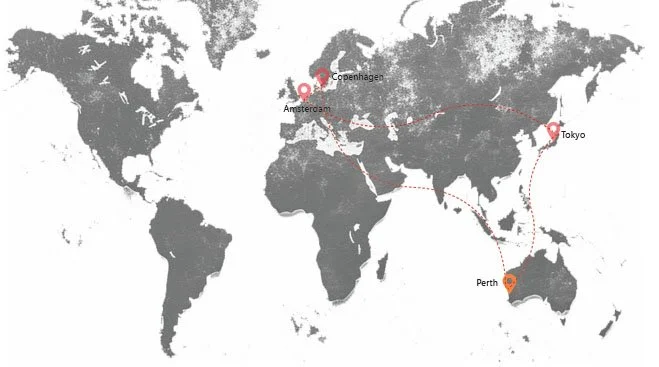Travel Grant Shortlisted Finalists
In July of 2025, we invited emerging WA Architects to submit their proposal for our 30th Anniversary Travel Grant. This opportunity would provide an experience of a lifetime, $15,000.00 to visit a destination of their choice, soak in learnings from global architecture, and tell us about it on their return.
To be eligible, Applicants had to be recent architectural graduates (within the last 8 years), reside in WA, and be an Australian citizen or Permanent Australian Resident.
We narrowed down our pool of high quality applications to three compelling proposals.
SHORTLISTED FINALISTS
Fynn Turley’s ambitious presentation detailed a solo trek through Te Araroa NZ, archiving and studying walker’s huts and shelters.
Bhasan Gurung’s journey spanned across continents to learn from adaptive re-use and carbon-neutral urban design.
Excerpts of these submissions are available below.
🏆 Click here to read about Travel Grant Winner - Lucas Allen 🏆
Fynn Turley - Shortlisted Finalist
Destinations: Te Araroa walking trail, New Zealand
Theme: A 4-6 month trek across the length of New Zealand, with a focus on documenting walkers huts and shelters to advocate for their preservation.
Architecture is not only the buildings in our cities, its also the humble, remote structures that allow us to live within wild landscapes. In New Zealand, the backcountry hut is a perfect example: responsive to place, and to human connection. Many of Te Araroa’s huts and shelters are facing visible degradation and may not survive another decade without intervention. By walking and documenting, I aim to create an architectural archive that captures their current state.
Sharing this work will bring attention to their value, which can lead to public advocacy and increased funding for their preservation and general trail maintenance.
Methods:
Sketches: proportions, joinery details, weatherproofing, perspectives, material language, architectural elements which assist walkers.
Field Recordings: Capturing ‘atmosphere’ of huts / conversations / environment.
Photography: Both architectural and environmental context shots.
Mapping: Annotating hut locations, approaches, relationships between
Field Notes / Journal Entries: documenting experiences of using each hut (successes & shortcomings).
A Unique Cultural Experience:
Walking Te Araroa will be a unique cultural immersion, traversing Māori ancestral lands, colonial-era settlements, and extreme remote landscapes. The Department of Conservation’s hut network is a globally rare system, which each hut reflecting the era, community, and materials that shaped it. Through encounters with locals, DOC rangers, and fellow long distance hikers, I’ll gather a myriad of perspectives in the wild on how the trail connects people, landscape, and heritage: which no office or urban environment can replicate.
Bhasan Gurung - Shortlisted Finalist
Destinations: Copenhagen, Denmark; Amsterdam, Netherlands; Tokyo, Japan
Theme: Study adaptive reuse and carbon-neutral models in Copenhagen, Amsterdam, and Tokyo to reimagine Perth’s urban landscape. Retrofitting Perth’s vacant office towers for sustainable, community-focused urbanism with developing strategies for future PhD in climate-conscious urbanism, driving resilient urban futures for Australia.
Figure 1. Vacant office building in Perth’s CBD (An illustration created by the Author)
Destinations
Copenhagen
Visit 5-minute city Nordhavn (sustainable urban district) and CopenHill (public space on waste-to-energy plant).
Consult Gehl Architects for human-centered design insights.
Study bike-friendly infrastructure and green public spaces.
Amsterdam
Explore De Hallen (repurposed tram depot) and Westergasfabriek (cultural hub).
Analyze bike-centric urban planning and mixed-use developments.
Tokyo
Study Shibuya’s mixed-use developments and Nakagin Capsule Tower’s adaptive reuse potential.
Engage with Tokyo Metropolitan Government on urban regeneration.
Examine compact, transit-oriented urban models, Urban development based on public transportation, enhancing accessibility while reducing automobile dependence.





